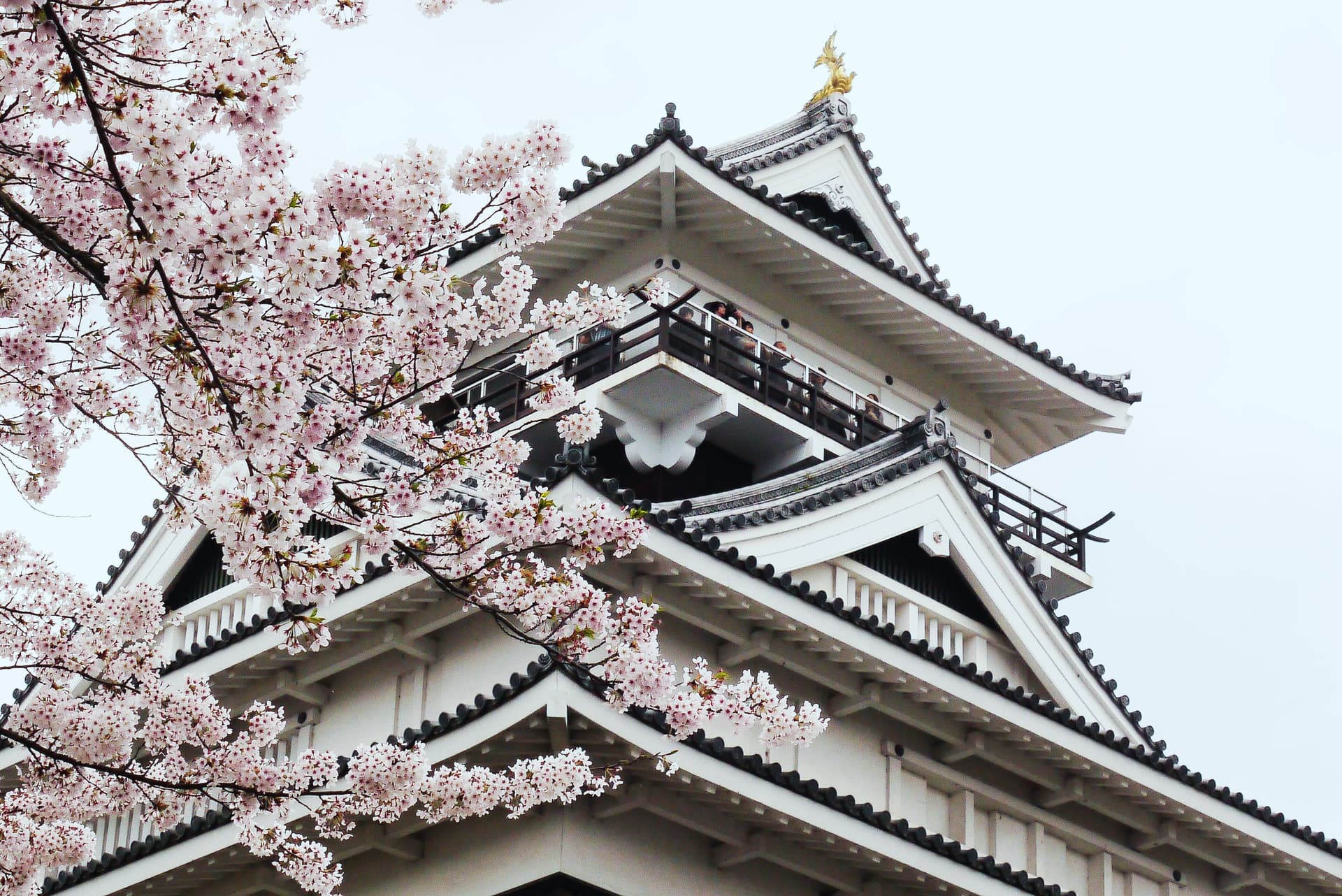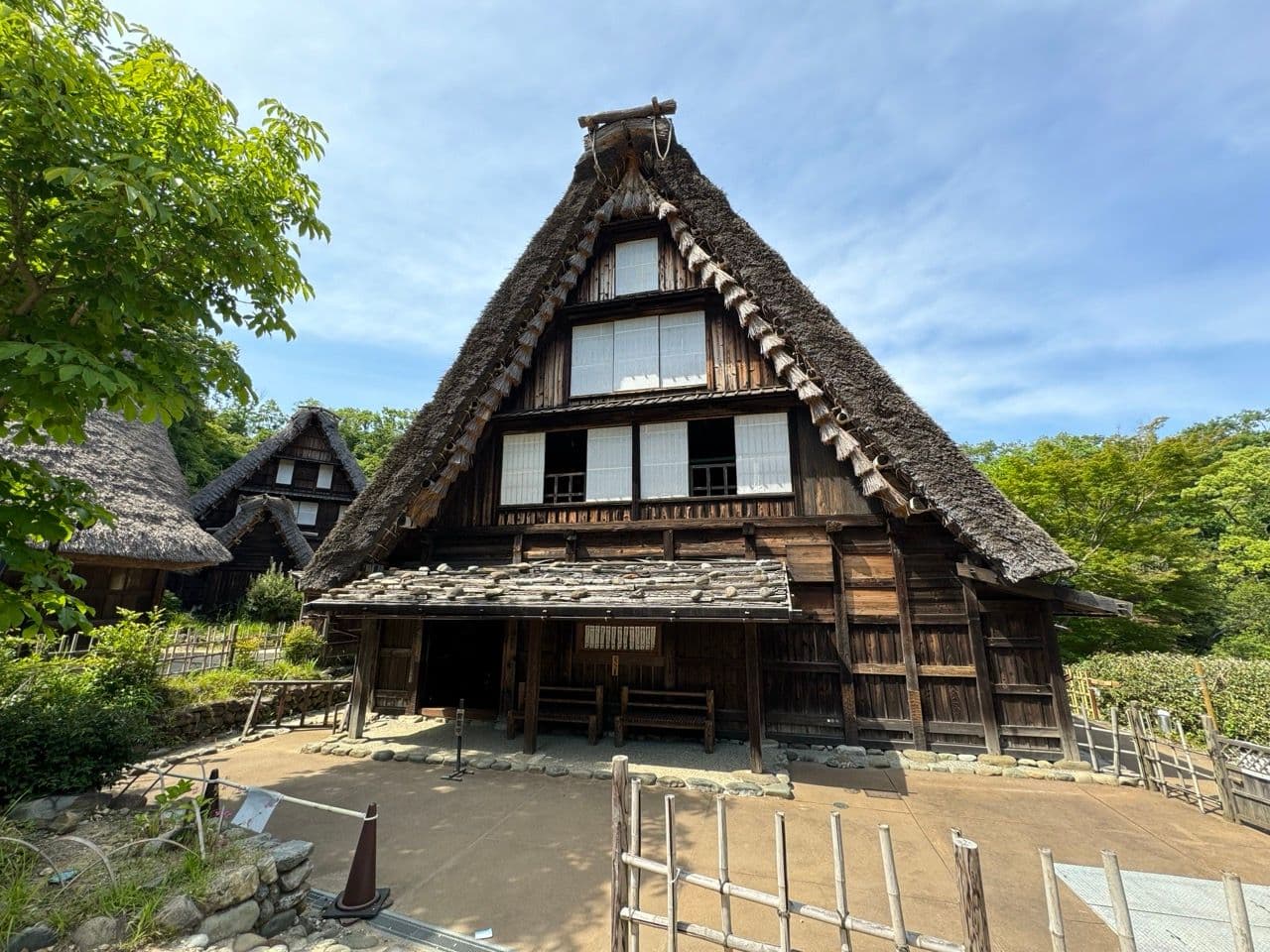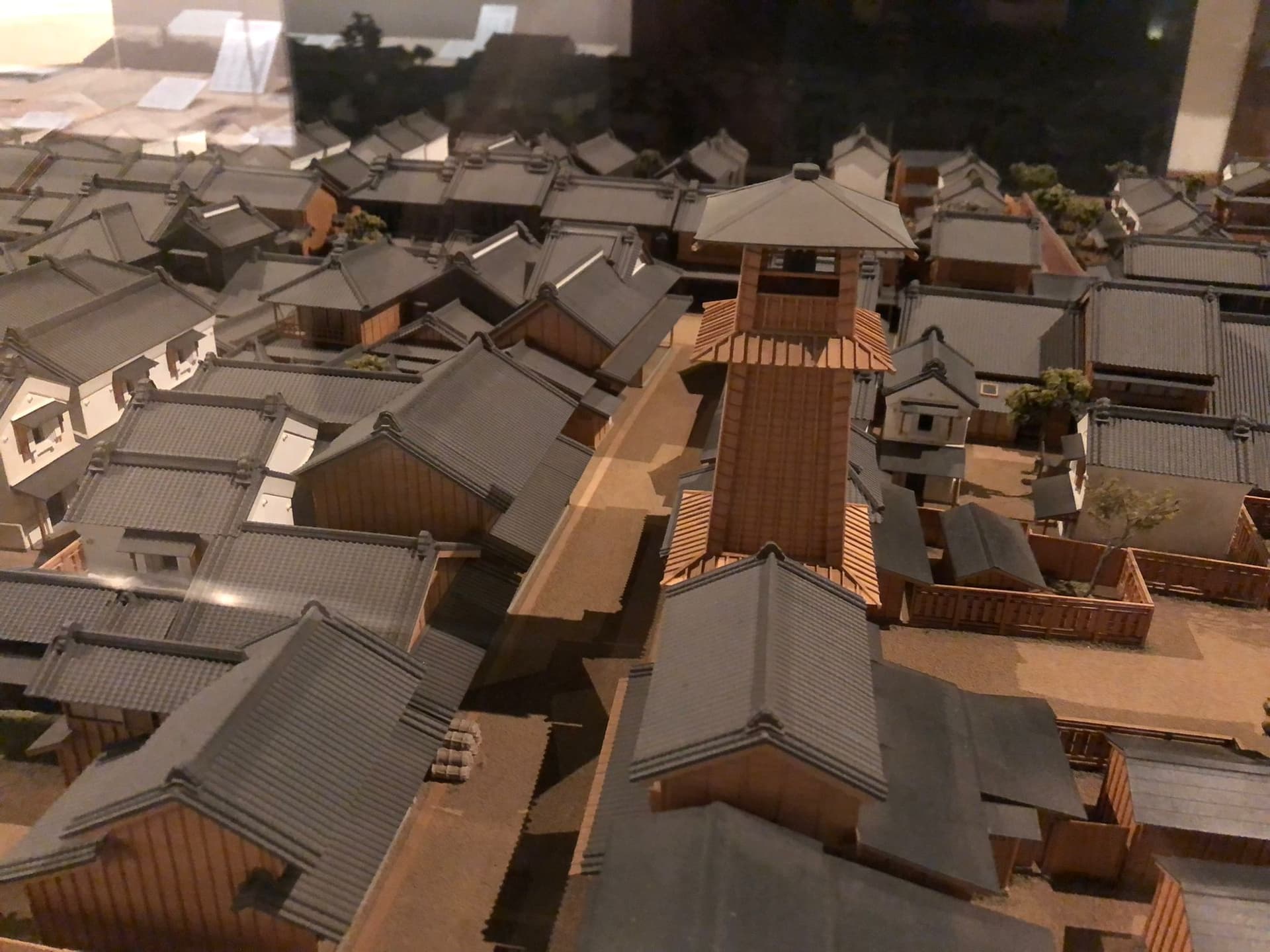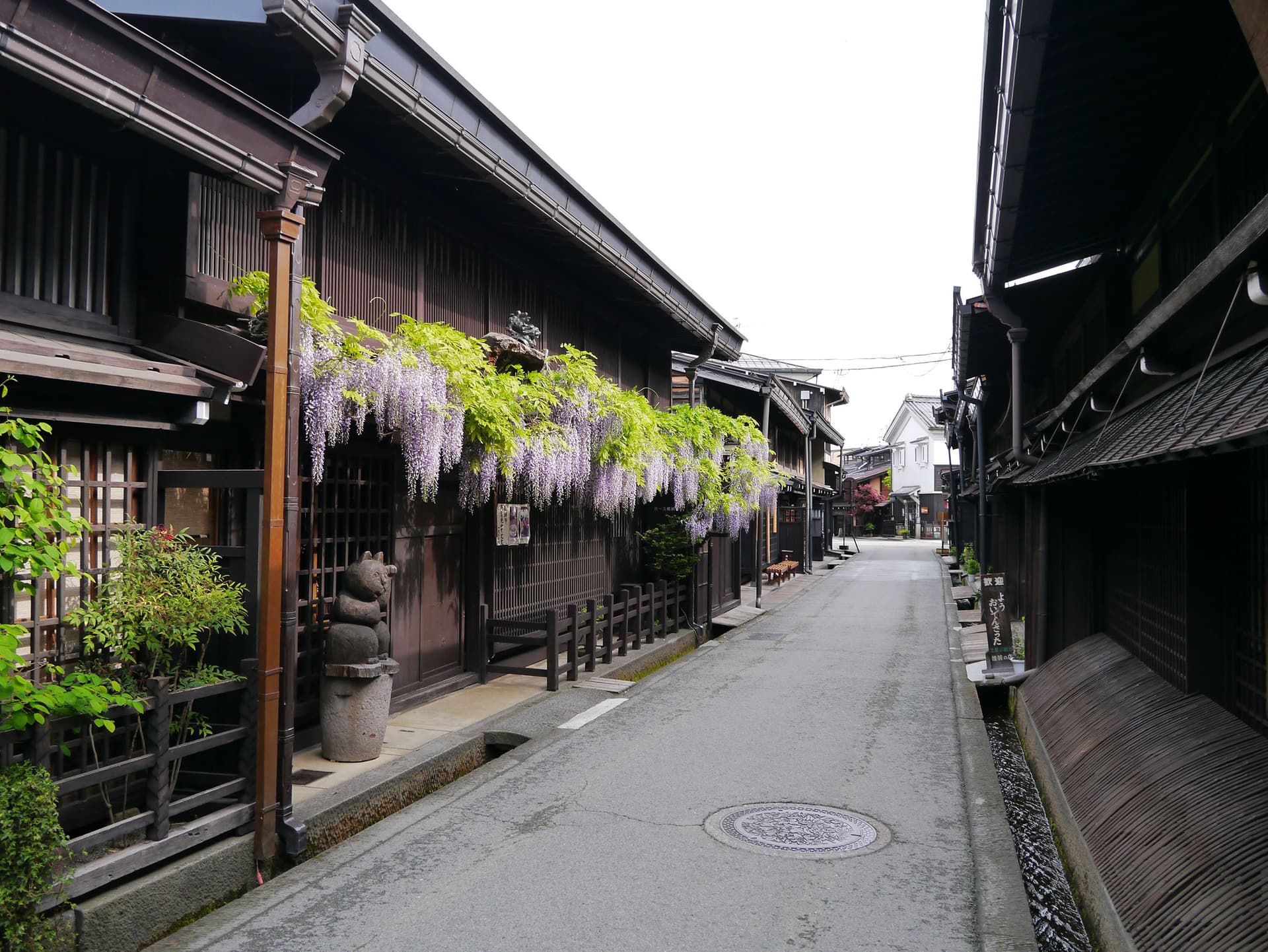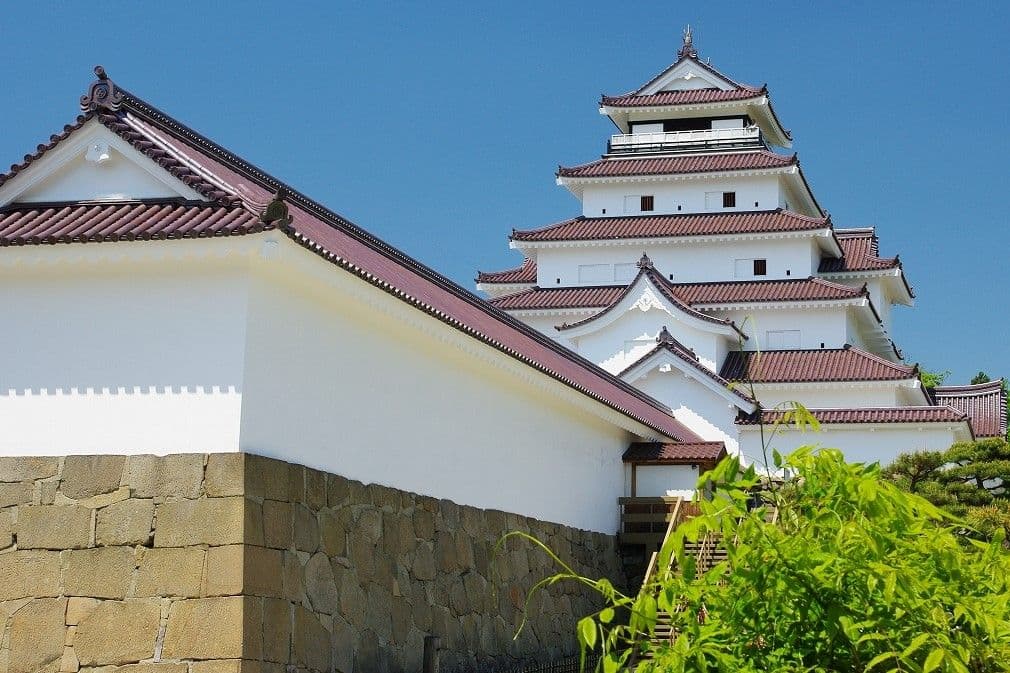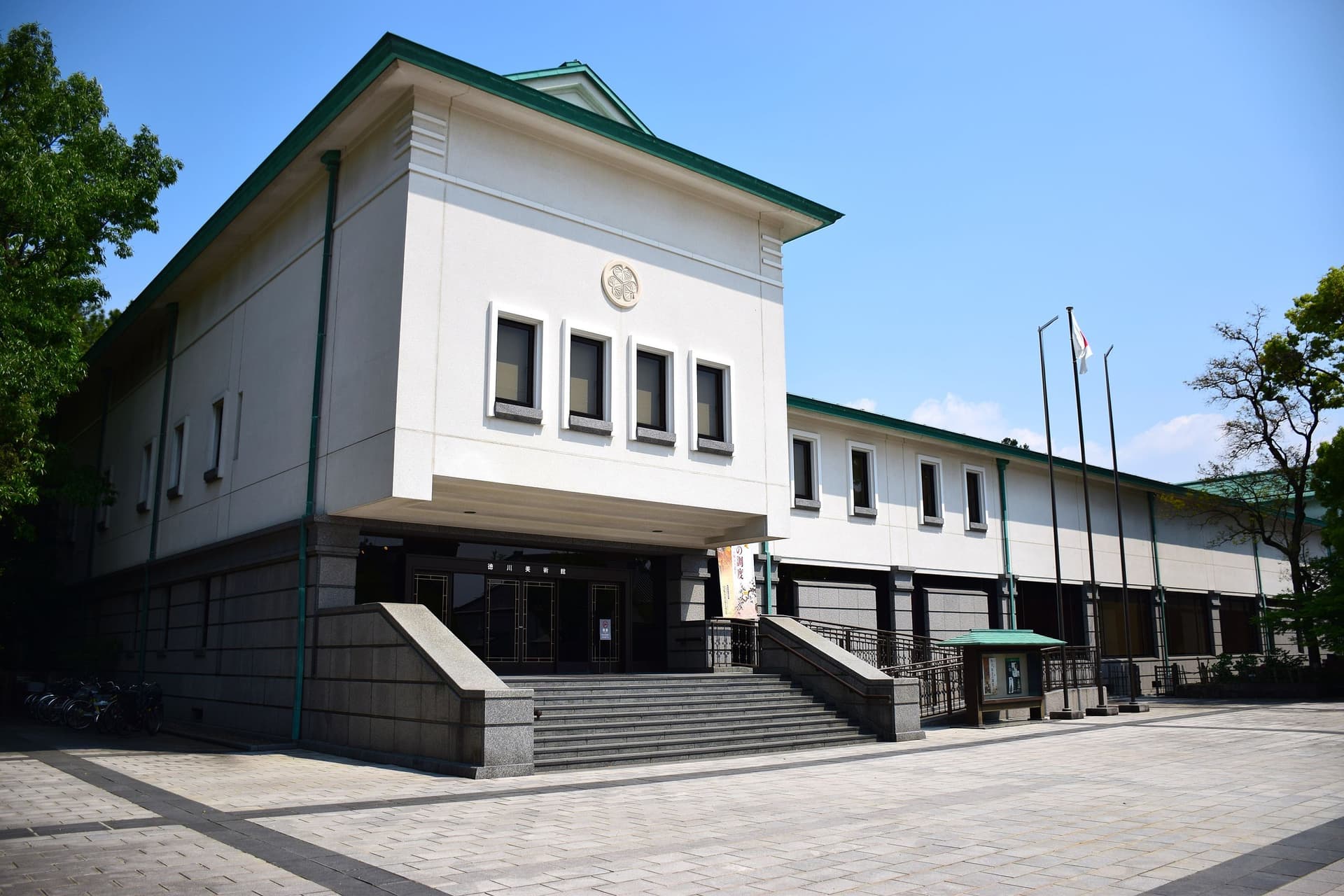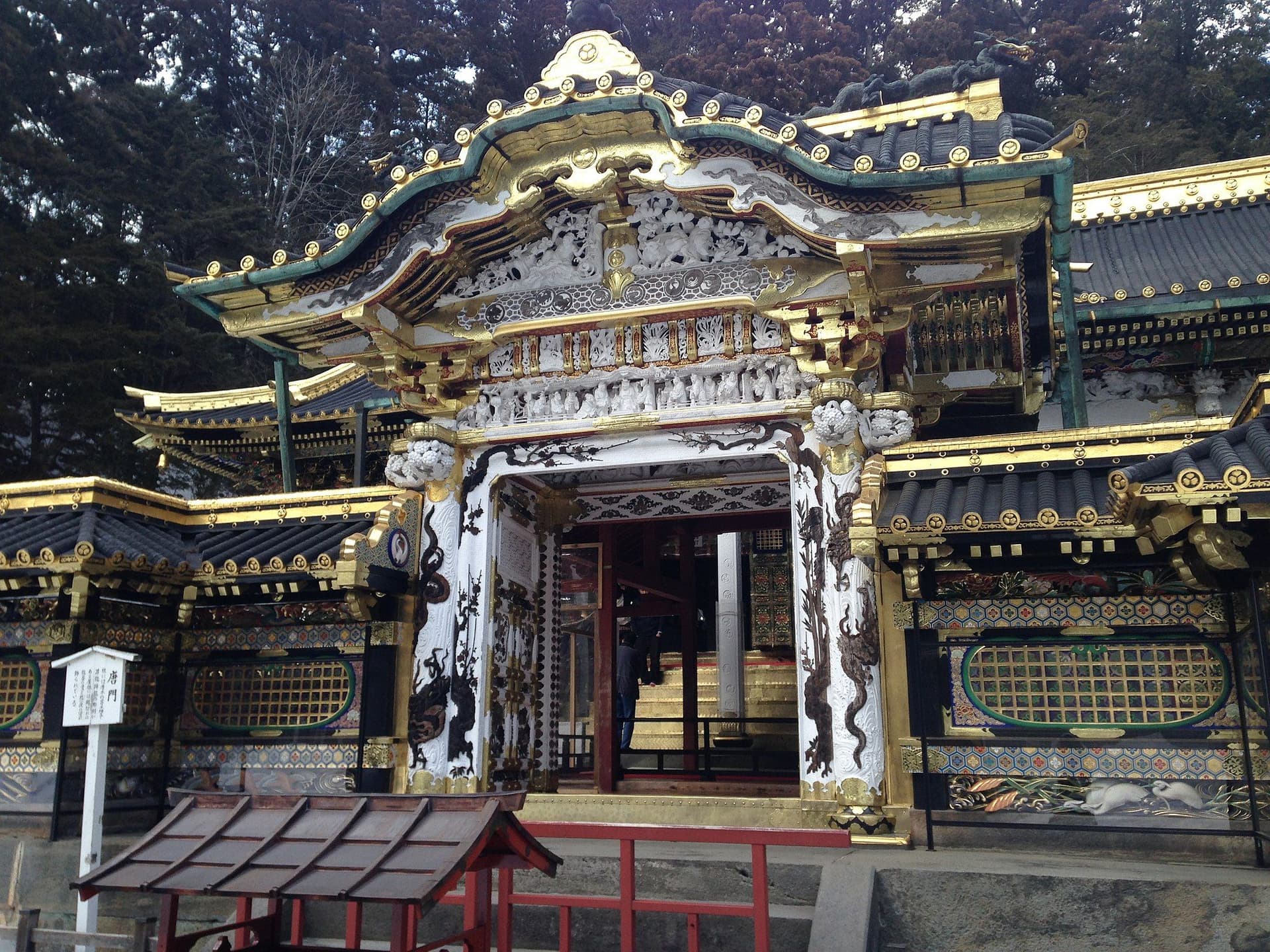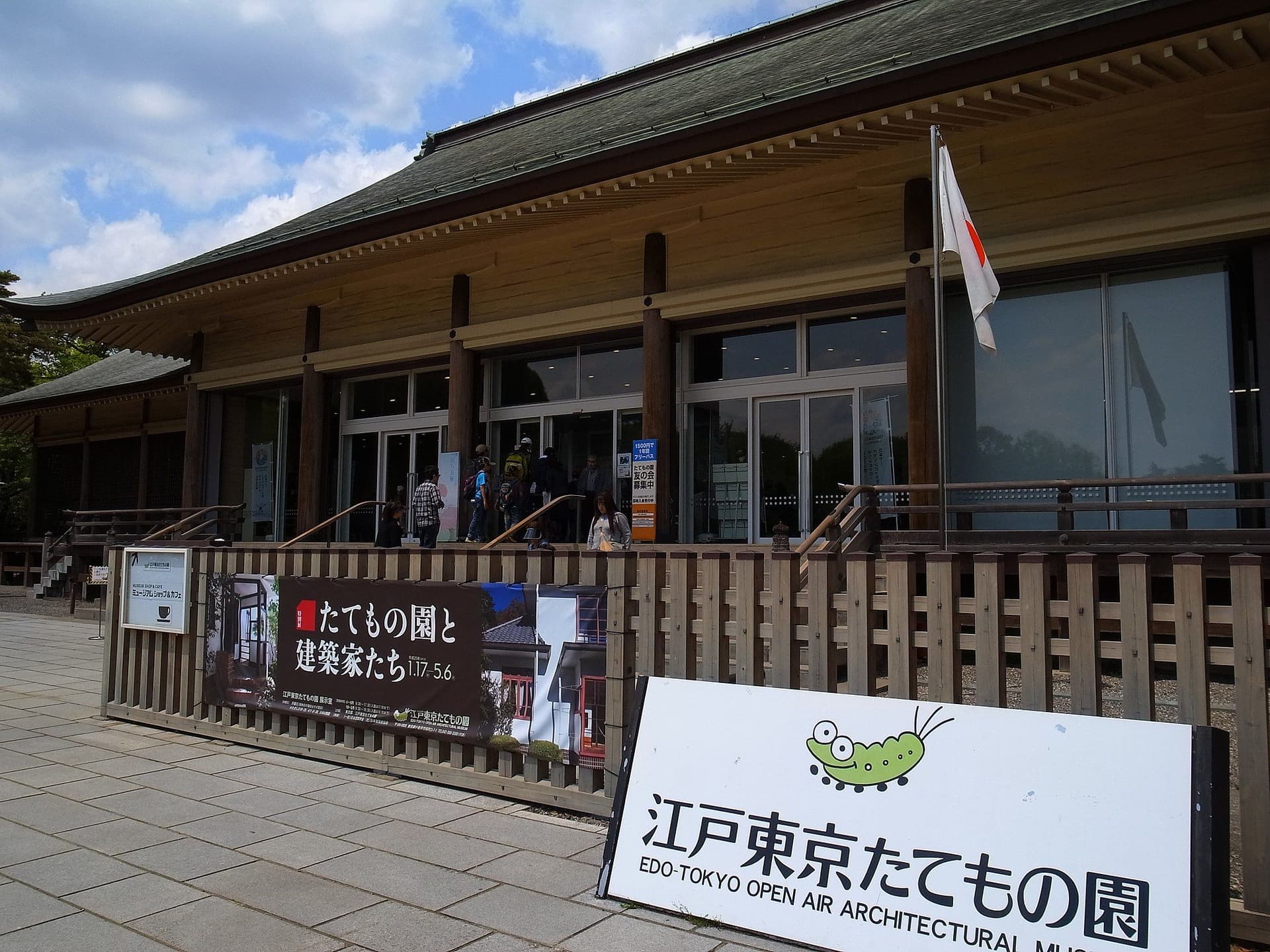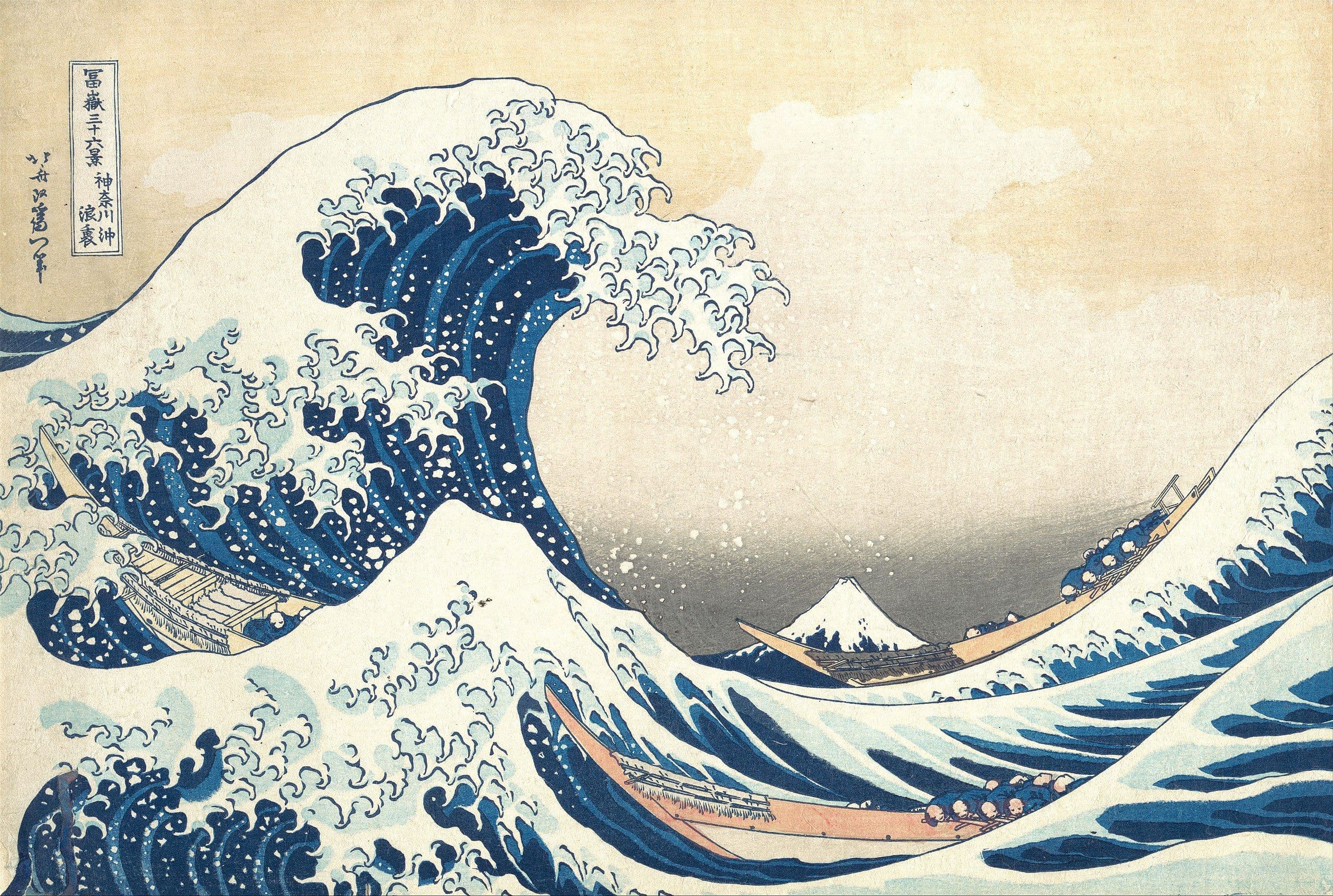
Edo period
江戸時代The Edo period, which lasted from 1603 to 1868, was a time of great cultural and social transformation in Japan. During this period, the country was ruled by the Tokugawa shogunate and experienced significant growth and development, particularly in the fields of art, literature, and commerce.
It is important to understand the political context of the Edo period. The Tokugawa shogunate was a military government that controlled Japan during this time. The shogun was the supreme military leader, and the emperor was relegated to a symbolic role. The Tokugawa shogunate was characterized by a strict social hierarchy, with the samurai warrior class at the top, followed by farmers, artisans, and merchants.
Despite the strict social hierarchy, the Edo period saw significant economic growth and development. The cities of Edo (modern-day Tokyo) and Osaka became important centers of commerce, with merchants and artisans setting up shop and conducting business. The growth of trade and commerce led to the creation of a wealthy merchant class, which in turn fueled the growth of the arts. Literature, painting, theater, and other forms of artistic expression flourished during this time.
One of the most significant cultural aspects of the Edo period was the development of ukiyo-e, a style of woodblock printing that depicted images of daily life, landscapes, and historical events. The popularity of ukiyo-e was largely due to the growth of the merchant class, who were eager to purchase these beautiful works of art. Many famous ukiyo-e artists, such as Hokusai and Utamaro, became household names during this time and their work continues to be popular to this day.
Another important aspect of the Edo period was the growth of popular culture, particularly in the form of kabuki theater. Kabuki was a form of theater that combined elements of music, dance, and acting to tell stories about love, war, and everyday life. It was a popular form of entertainment for people of all classes and became one of the defining cultural expressions of the Edo period.
In conclusion, the Edo period was a time of great cultural and social transformation in Japan. From the growth of the merchant class and the flourishing of the arts, to the development of popular culture and the establishment of a strict social hierarchy, the Edo period left a lasting legacy on Japan and its people.
Related Events
Last Updated:

